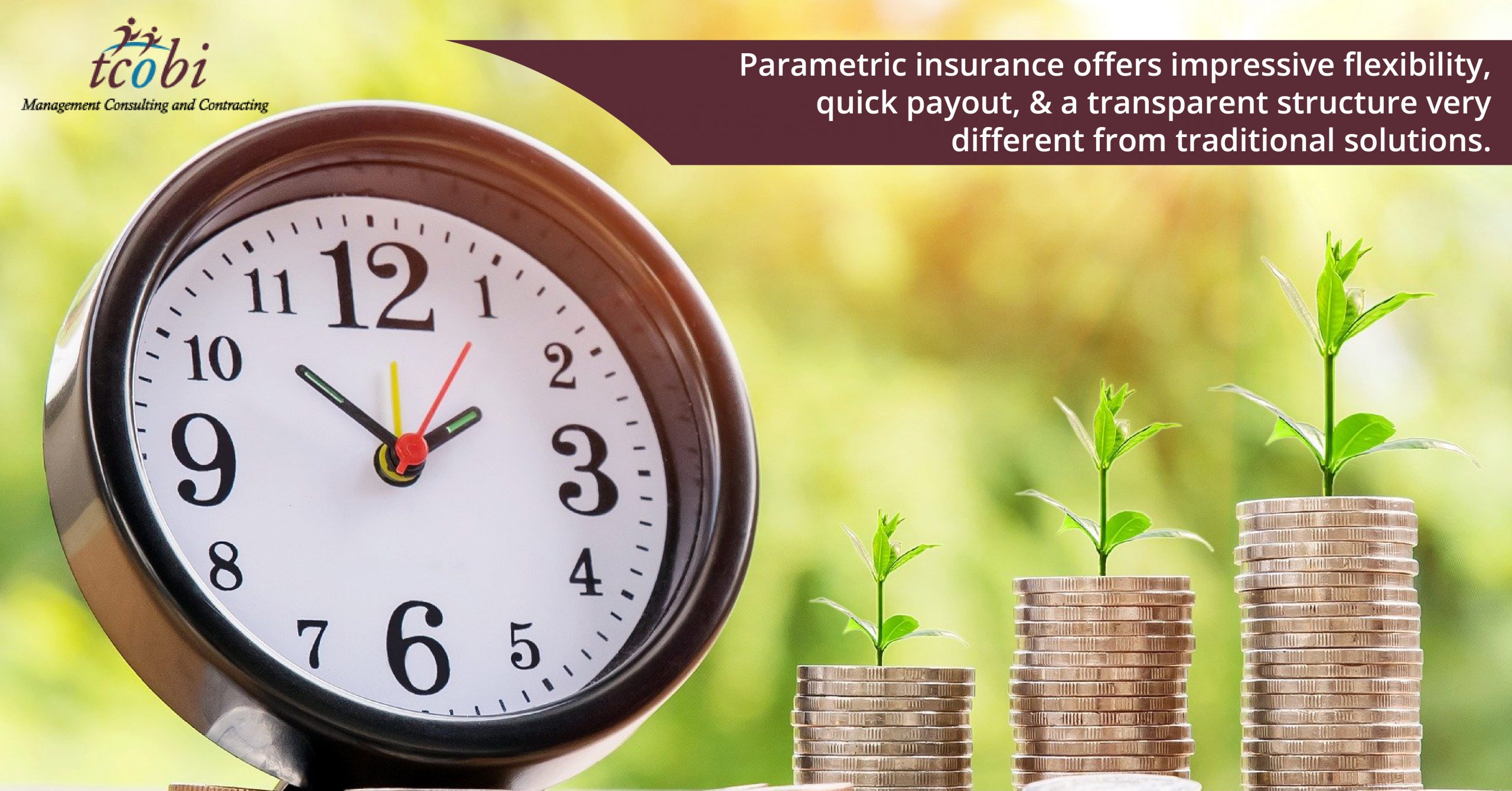Those in leadership and executive positions are always there when those…

The Importance of Parametric Insurance
With the recent news of increasingly intense hurricane seasons pummelling the eastern seaboard, floods damaging wide swaths of Europe, and the destructions caused by wildfires, businesses everywhere are thinking and rethinking insurance options. Luckily, product innovations and enhanced data analytics have seen a strategically expanded portfolio of commercial insurance solutions from which CFOs can choose to ensure optimal coverage for a wide range of threats and exposures.
Of these solutions, parametric or index-based options are often a key part of this discussion due, in part, to the inherent transparency and payment practices associated with the parametric model. In this blog, I set out to explain a few of the key concepts on the concepts and opportunities associated with parametric insurance.
What is Parametric Insurance
Traditional commercial and business insurance is a known entity for CFOs. A business pays a premium in return for the promise that an insurer will cover loss created by a specific incident or named peril. Payment is made after an investigation and loss assessment with the aim of re-establishing the insured to the position they had prior to the incident.
In contrast, parametric insurance is a type of insurance that covers the probability of a predefined event happening instead of covering an actual loss. More specifically, it is an insurance solution that is an agreement to make a payment upon the occurrence of a triggering event instead of actual damage to a physical asset.
What is a Triggering Event?
Most simply, a triggering event occurs (is triggered) if or when a set of pre-defined event parameters are met or exceeded. These parameters are typically measured by an index that is related to an insured’s anticipated exposure to certain events. In the case of climate-related events, for example, the index would be established in terms of magnitude (for an earthquake), wind speed (tropical storm), or precipitation in a set period of time (flood).
Triggering events include the most common concerns (natural disasters) but can also include:
- Dramatic movement in market indices
- Crop yield
- Power outages.
The determining criteria for what is considered an insurable trigger: the event will happen by accident or chance, and it can be modelled.
The Threshold and the Index
An additional benefit of parametric insurance is that each incident threshold is (a) tied to a transparent and identifiable index and (b) individualized for each insured.
Any index that is used to establish a parametric threshold must have three qualities:
- It must be independently verifiable and cannot be influenced by either the insured or insurer.
- It must be transparent.
- It must be consistent.
Some examples of the most common indices include but is not limited to:
- United States Geological Survey earthquake magnitude index
- Australian Bureau of Meteorology tropical storm index
- Japan Meteorological Agency seismic intensity index.
A second benefit of a parametric solution is that each relevant threshold is set to reflect the geographic location of the business as well as align with its financial and continuity plan as well as with its tolerance for risk. Parametric policies cannot have standard wording as might be seen in more traditional insurance given that each client (and each physical asset) will be related to a unique set of indices and, accordingly, with a uniquely designed payout structure. The probability of any of these thresholds being met will be reflected in the premiums charged.
The Payout
Within parametric insurance, an agreed-upon payout occurs if or when the index threshold for a trigger event is reached or exceeded. The key difference from traditional commercial insurance is that the traditional payout only occurs when an actual physical asset is damaged by the event.
So, if your business is insured against tropical storms of a category 5 rating or higher, a payout is made when a category 5 storm hits your geographic region. Damage to your building, for example, does not have to occur for the business to collect the payout.
Payouts within a parametric solution tend to be significantly faster than traditional policies, often within four weeks after a trigger event.
Conclusion
Parametric insurance solutions offer an innovative option for CFOs who recognize the possible limitations of traditional insurance products in the face of increasingly dramatic climate events. It allows a CFO to extend the range of insurability, eliminate the complexity and time involved in the traditional loss investigation process, and give a business a sense of stability when addressing concerns with liquidity and time associated with payouts



